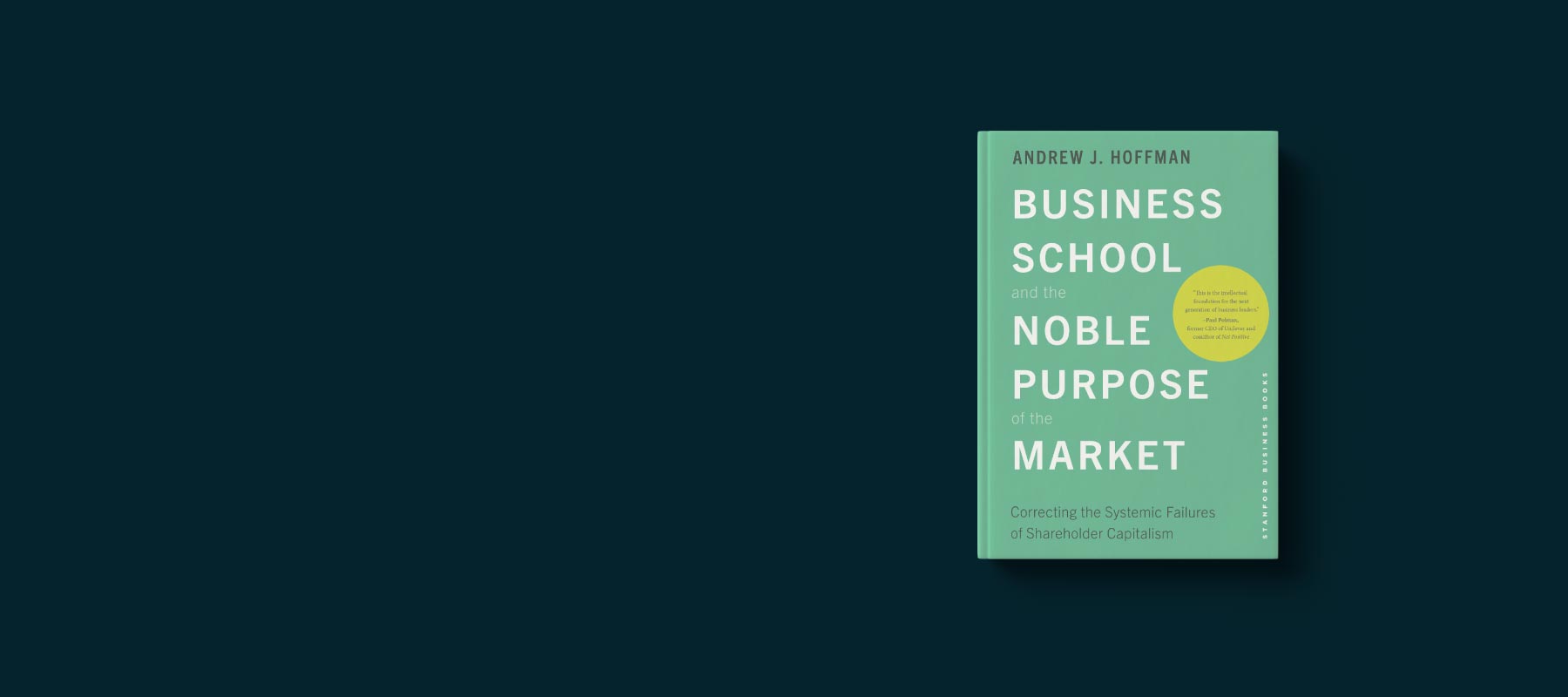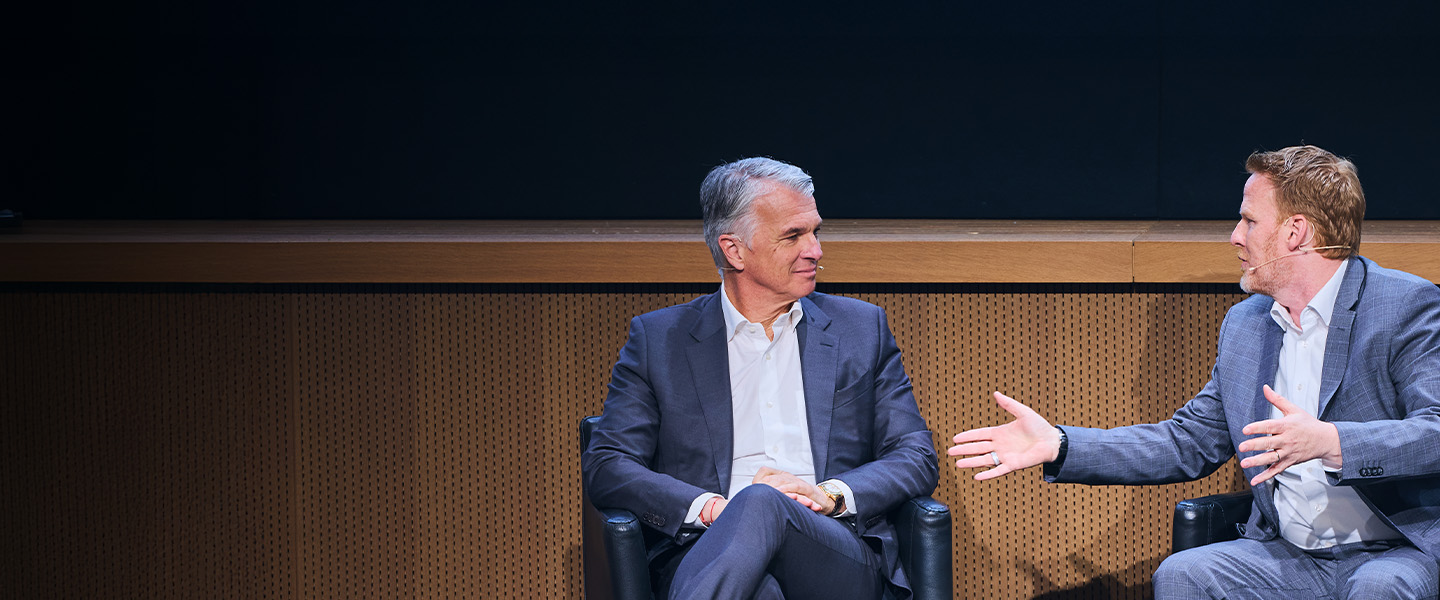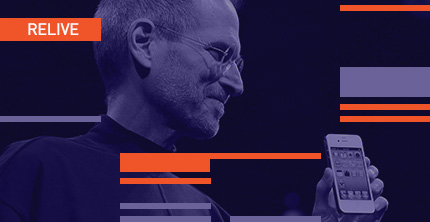Putting the customer at the heart of your business requires more than just good intentions

There’s a great paradox to customer centricity: most companies cite customer satisfaction as their great motivation. And yet, many customers are feeling unsatisfied with the results and find them “non-intuitive”.
So, why aren’t customer-centric ambitions translating into great customer experiences? Partly because many companies underestimate the complexity of getting several things right when tackling customer-centricity.
A desire to help leaders improve their customer-centricity skills motivated the webinar “Leading customer-centric strategies”, given by IMD Professors Katharina Lange, Frederic Dalsace and Didier Bonnet.
They proposed seeing value in three dimensions, going on to explain how success would also depend on two important enablers – digital transformation and leadership – along each dimension.
Chop, chop: the scissor effect and how to prevent it now
Companies naturally start out with customers high on their agenda, but over time and in parallel with the company’s growth, customer-centricity tends to fade, explained Dalsace. Instead, other areas become center-stage: hiring experts and putting new processes in place among them.
Dalsace referred to this as the scissor effect, which he described as “something you don’t want. But if you don’t move in three ways, you’ll have it.”
“You’re not customer-centric unless you’re looking at three areas: value creation, value delivery and value capture,” he explained.
According to Dalsace, companies need to change their mentality when it comes to delivering value, throwing away slogans like: “We make great [insert product/service here] and this is the price”.
They need to “go from product land to customer benefits”, he said. This means caring less about the features of the product per se and more about how the customer feels when they buy it, or indeed when they hire the company do the job.
Next, value creation needs to evolve into value-cocreation. Ask: how you are organizing your firm to make sure you are creating something with your customers, getting them and third parties on board for delivery?
“It’s a paradox,” added Bonnet, “because you’re asking customers to do part of the work for you and they feel great about it.” His anecdote on one Indian airline puts this in context: wanting to be the airline renowned for taking off and landing on time, they asked customers to clear up after themselves before they left the plane, supplying them with garbage bags.
It worked. Why? Because the people before did it, explained Didier. The company achieved a “we are all in this together, to take off and land on time” modus operandi, he said.
Finally, value capturing needs to become driven by a “You win they win, you lose they lose” attitude, said Dalsace. And that will probably mean taking calculated risks.
Leadership is a key enabler, with empathy playing a big part
None of this will stick without the right leadership, Lange emphasized.
“You need to role model empathy at any leadership level and encourage others to follow you,” she said, emphasizing the need for corresponding leadership behaviors that foster customer-centricity in organizations.
Humility is the second quality required. Humble leaders are more effective. They learn from their teams and customers and inspire a growth mindset. “A good leader understands that it’s not about how much you know, but how much you want to learn,” she explained.
And lastly, customer-centric leaders need to be audacious. They take risks and encourage others to try something bold and new.
Answering a participant question on what to do if a leader seems to lack empathy, she said: “You can give empathetic feedback to your team leader. Ask her or him put her- or himself in your shoes and encourage them to observe what is going on. But also, you can do it easily yourself. Pick up the clues, such as body language, to put yourself in others’ shoes. Anticipating others’ moves is a major leadership skill.”
Emotions still exist, so it can’t all be about the data
When it comes to digital, leaders mustn’t lose sight of the importance of behavior and emotions. As algorithms take over in terms of recommending solutions, staff on the front line should be spending not less but even more time with the customer, Bonnet said.
Dalsace added to this advice with a reminder that “customers don’t know the how”. However, that doesn’t mean leaders don’t have to listen to them.
“It comes back to when Ford said, if I’d listened to my customers all I’d have would be quicker horses. But let’s look at it like this: what’s behind the need for quicker horses? Customers wanting to go quicker. If you ask how customers feel, if you add this value to customer research then you get to the bottom of the question: What is the true job to be done?”
Steve Jobs, too, seemed to lack humility and empathy some might argue. But don’t forget he was a great observer on how people used tools. And that’s a great soft skill to have, as Bonnet concluded.
If you enjoyed this webinar and are interested in learning more about how to align the dimensions of customer-centricity for growth, you can sign up to our upcoming program Leading Customer-Centric Strategies.
Research Information & Knowledge Hub for additional information on IMD publications

Tired teams, wasted weekends, and unread reports—here are 7 ways to restore morale and reignite performance. Avoid unnecessary reporting and non-essential tasks.

Explore how innovation, R&D, and policy reforms are reshaping China’s pharmaceutical sector amid rising healthcare demand and demographic shifts.

The 7 shifts you need to make to lead in a turbulent world for acuity and inner rootedness. Grounded Edge Leadership.

Anxiety can sharpen focus, but if it impacts your well-being or leadership, it’s worth a check-in. These helpful questions may help you reflect.

As corporate America adjusts to a shifting political environment under President Donald Trump, companies must rethink their approach to DEI.

Andrew J Hoffman's book explains how Business schools must cultivate leaders who see beyond profits and embrace business as a powerful force for societal good.

IMD President David Bach goes from the global to the personal with one of the world’s most prominent bankers.

Virtual meetings can be exhausting, but your voice plays a key role in maintaining engagement. Discover expert techniques to keep your voice dynamic and impactful in the virtual world.

To waltz smoothly through office life, we need to balance vulnerability and honest feedback for greater trust building as a leader.

Katrina Edmunds’ return to sport shows how rowing shapes resilient leadership and teamwork through lessons that drive success in business and life.
in I by IMD
Research Information & Knowledge Hub for additional information on IMD publications
Research Information & Knowledge Hub for additional information on IMD publications
Research Information & Knowledge Hub for additional information on IMD publications
Research Information & Knowledge Hub for additional information on IMD publications
in I by IMD
Research Information & Knowledge Hub for additional information on IMD publications
in I by IMD
Research Information & Knowledge Hub for additional information on IMD publications
Research Information & Knowledge Hub for additional information on IMD publications
in I by IMD
Research Information & Knowledge Hub for additional information on IMD publications
Research Information & Knowledge Hub for additional information on IMD publications
Research Information & Knowledge Hub for additional information on IMD publications


